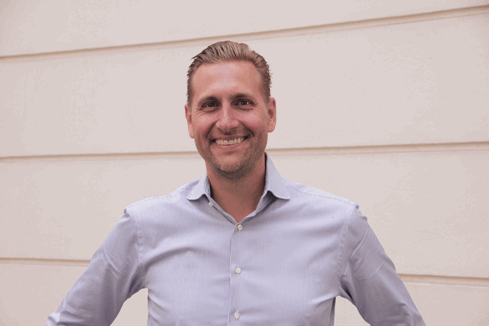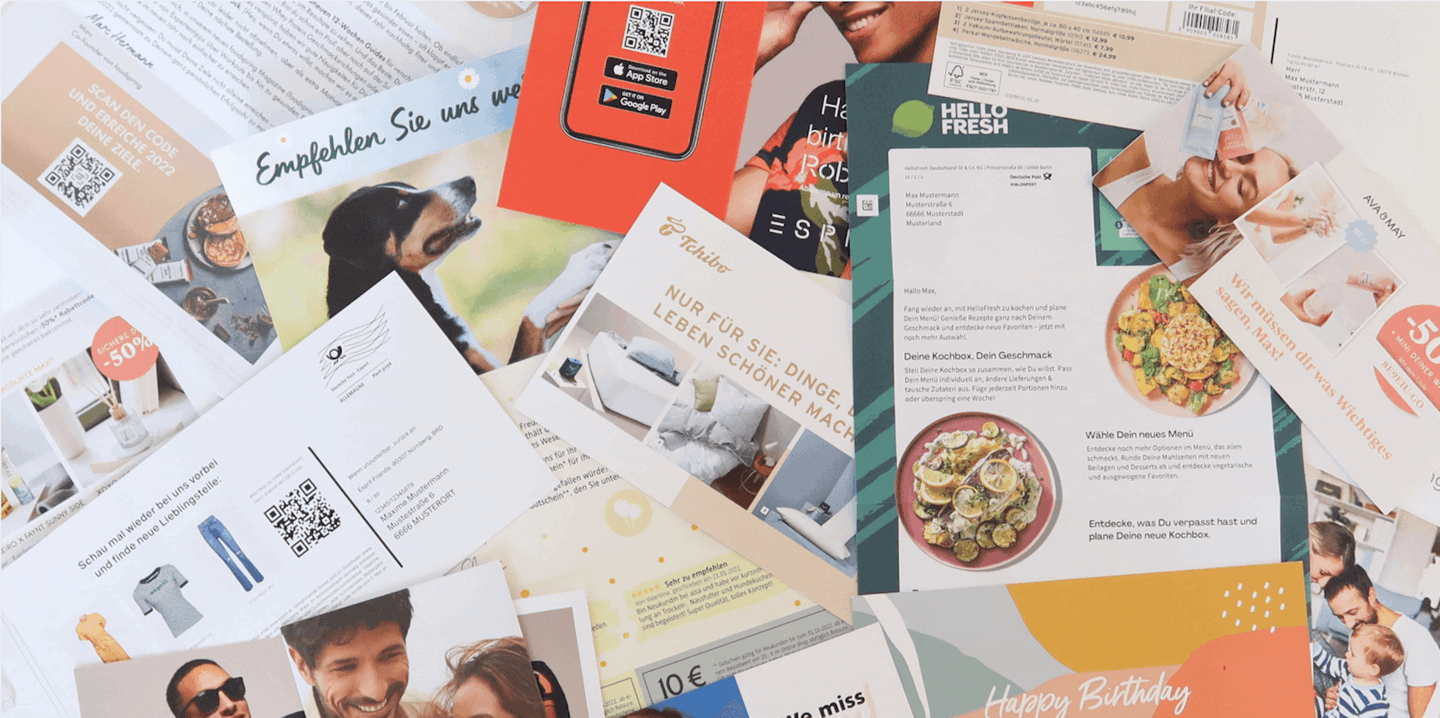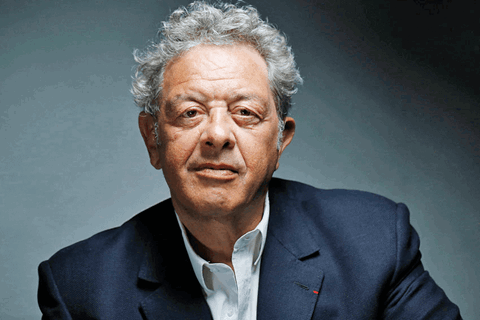“There’s been a misconception for years that digital will completely replace traditional media,” Twellmeyer begins. “But what we’re seeing now is a realisation that the two are not competitors but partners. When used together effectively, they create something much more powerful than the sum of their parts.”
A collaborative landscape
One of the key insights from Twellmeyer’s experience is how traditional media, such as direct mail, complements digital strategies. “Direct mail has a tangible quality that digital channels lack,” he explains. “It’s something you hold, something that stays on your desk or fridge. And when combined with digital touchpoints like email or app notifications, it can amplify the message in ways that digital alone cannot achieve.”
This synergy is particularly evident in customer retention and engagement strategies. According to Twellmeyer, “Companies are beginning to use direct mail as a reinforcement tool. For example, an email campaign might announce a sale, while a beautifully designed mailer reminds the customer a week later. These cross-channel strategies not only increase conversion rates but also build stronger brand loyalty.”
Navigating economic challenges
The economic situation in Germany adds another layer of complexity to the marketing landscape. “Germany is facing its second consecutive recession year,” Twellmeyer notes. “Rising costs, structural issues, and increasing social security expenses are putting pressure on businesses to make smarter, more cost-effective decisions. Marketing budgets are being scrutinised more than ever, and companies are seeking reliable strategies that deliver measurable results.”
He explains that these economic pressures are driving innovation: “Businesses are exploring hybrid approaches, leveraging both digital and traditional media to maximise impact without overspending. It’s about being strategic with resources and focusing on what truly resonates with the audience.”







